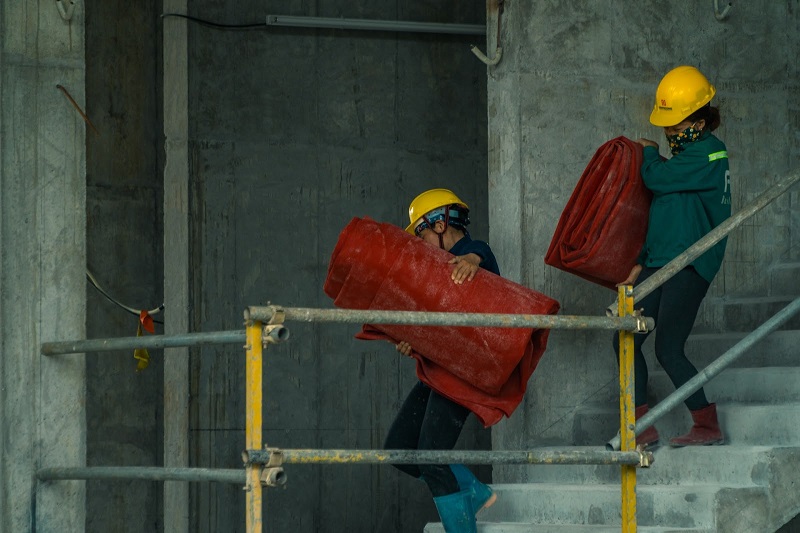Working in confined spaces can be challenging and risky. These tight, enclosed areas can include tanks, tunnels, and manholes, and they pose unique hazards that require careful attention. Today, we’ll explore some of the key aspects of safely working in confined spaces, providing practical tips to keep workers protected. By understanding these fundamental principles, you can minimize risks and ensure a safer working environment.
Proper ventilation
Proper ventilation is a critical aspect of working safely in confined spaces. It involves ensuring a continuous flow of fresh air into and out of the confined space to maintain a safe atmosphere. Insufficient ventilation can lead to the accumulation of hazardous gases, lack of oxygen, or a buildup of heat, putting workers at risk. To address this, mechanical ventilation systems, such as fans or blowers, are often employed to circulate air within the confined space. These systems help remove contaminants and provide a steady supply of oxygen, creating a safer working environment.
Natural ventilation methods, like opening access points or using ducts, can be used when possible to supplement mechanical systems. Regular monitoring of air quality using gas detectors is essential to confirm that ventilation is effective and that the atmosphere remains safe for workers. By prioritizing proper ventilation, workers can reduce the risk of exposure to harmful gases and ensure they have a constant supply of fresh air.
Atmospheric testing
Atmospheric testing is an essential safety measure when working in confined spaces. This process involves assessing the air within a confined space for potential hazards before any worker enters. The primary goal is to ensure that the atmosphere is safe and suitable for human occupancy. Gas detectors and air monitors are commonly used tools for this purpose. These devices can detect a range of gases, including toxic fumes, flammable substances, and the presence of oxygen. By conducting atmospheric testing, workers can identify and address potential risks, helping to prevent accidents and injuries caused by inhaling hazardous gases.
Routine atmospheric testing is essential throughout the entire duration of work inside a confined space, not just before entry. Gas concentrations can change rapidly, so continuous monitoring is crucial to ensure ongoing safety. Any deviations from safe levels should trigger immediate action, including evacuating the confined space.
Extensive training
Extensive training, especially confined space training, is a cornerstone of ensuring a good approach to safety in confined space work environments. Workers must undergo comprehensive training to understand the unique hazards associated with confined spaces and learn how to mitigate these risks effectively. This training covers topics such as atmospheric testing, ventilation, entry and exit procedures, and the use of safety equipment like harnesses and gas detectors. By providing workers with the knowledge and skills necessary to work safely in confined spaces, employers can significantly reduce the likelihood of accidents and injuries.
Regular and up-to-date confined space training is crucial because it keeps workers informed about the latest safety protocols and equipment. It ensures that they are aware of any changes in confined space work procedures and reinforces the importance of following established safety guidelines rigorously.
Clear communication
Clear and effective communication is a vital component of ensuring safety when working in confined spaces. Workers inside the confined space must have reliable means of communication with their colleagues outside, and vice versa. Radios or signalling devices are commonly used tools to establish this communication link. This two-way communication allows for the exchange of critical information, such as the status of workers inside, any emerging hazards, or the need for assistance. It ensures that everyone involved in the confined space operation can coordinate their efforts effectively and respond promptly to any unexpected situations or emergencies.
In addition to facilitating immediate responses to potential dangers, clear communication is also essential for implementing rescue plans. In the event that a worker inside the confined space encounters trouble or an emergency situation arises, the ability to communicate clearly and swiftly with the rescue team outside is paramount.
Conclusion
In conclusion, prioritizing safety in confined spaces is paramount. By following proper safety guidelines, we can significantly reduce the risks associated with confined space work. These fundamental principles form the foundation for creating a safer working environment and protecting the well-being of all those involved in confined space operations.


